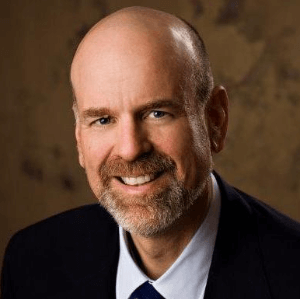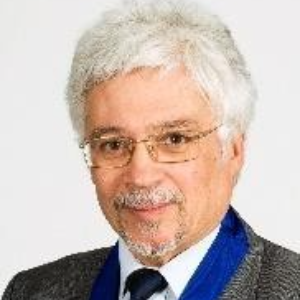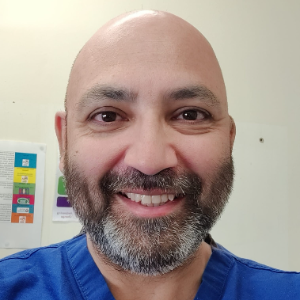Orthopedic Infections
Infections of the bones (osteomyelitis) and joints are known as orthopaedic infections (septic arthritis). These infections can arise on their own, but they are more typically a result of surgery, particularly joint replacement surgeries such as knee and hip replacement. Tenderness and soreness in the affected bone or joint, as well as redness, swelling, and alterations in range of motion, are all symptoms of these infections. Patients may experience chronic fatigue if the infection has been present for a long time. Orthopedic infections are very prevalent. Even in healthy hosts, orthopaedic infections can develop spontaneously. Unfortunately, orthopaedic infections are a common postoperative consequence. The only method to avoid infection, like other surgical problems, is to either ignore the problem or not do surgery in the first place. Infections can and will occur if this is not done. Infections are obtaining more attention and visibility in the lay press, particularly iatrogenic and nosocomial infections. Orthopedic infections are often subtle, and treatment will be delayed if there isn't a strong level of suspicion. For a variety of reasons, diagnosing postoperative wounds is particularly difficult. Antimicrobial Therapy
- Biofilm Formation
- Biological Response
- Biomaterials In Treatment
- Experimental Models
- Infections Related to Prosthetic or Artificial Devices
- Orthopedic Infection Research

Stephen S Tower
University of Alaska Anchorage, United States
Marcos Brioschi
American Academy of Thermology, United States
Wagih El Masri
Keele University, United Kingdom
Arif Akkok
Lake Erie College of Osteopathic Medicine, United States
Akash Ganguly
Warrington and Halton Hospitals NHS FT, United Kingdom
Sajid Ali
The Dudley Group NHS Foundation Trust, United Kingdom




Title : The UK profemur recall and implant cobaltism
Stephen S Tower, University of Alaska Anchorage, United States
Title : The tomographic phenotype and the genotype of wormain bones
Ali Al Kaissi, National Ilizarov Medical Research Center for Traumatology and Orthopaedics, Russian Federation
Title : New treatment of muscle contracture and joint contracture through muscle regeneration with mitochondrial dynamics
Ki Ji Lee, Busan Medical University, Korea, Republic of
Title : New treatment of sarcopenia through muscle regeneration with mitochondrial dynamics
Ki Ji Lee, Busan Medical University, Korea, Republic of
Title : The prevalence and association of self-reported depression symptoms with musculoskeletal pain and quality of life among pregnant women
Youssef Masharawi, Tel Aviv University, Israel
Title : Bipolar hemiarthroplasty under local anesthesia (2%)
Ketan Karabhai Parmar, Aayush Multispecialty Hospital, India